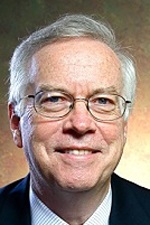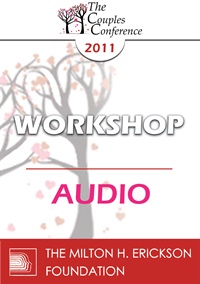CC11 Workshop 14 - To Stay or Leave: Working with Ambivalent Couples on the Brink of Divorce - William Doherty, PhD
- Average Rating:
- Not yet rated
- Topic Areas:
- Divorce | Workshops | Couples Therapy | Marriage
- Categories:
- Couples Conference | Couples Conference 2011 | Pioneers in Couples and Family Therapy
- Faculty:
- William Doherty, PhD
- Duration:
- 1:55:54
- Format:
- Audio Only
- Original Program Date:
- Apr 03, 2011
- License:
- Never Expires.
Description
Description: This workshop will help you examine how your values and life experience affect your treatment of couples on the brink of divorce, and will teach you a protocol for helping clients make a decision that has integrity for all involved and that improves the odds that couples will try to heal their broken bond.
Syllabus Description: This workshop will help you examine how your values and life experience affect your treatment of couples on the brink of divorce, and will teach you a protocol for helping clients make a decision that has integrity for all involved and that improves the odds that couples will try to heal their broken bond.
Educational Objectives:
- Describe how therapist’s values influence their work with couples on the brink of divorce.
- Discuss a protocol for working with ambivalent couples.
*Sessions may be edited for content and to preserve confidentiality*
Credits
Handouts
| Timestamped Transcript (808.6 KB) | 17 Pages | Available after Purchase |
| Timestamped Transcript (864.8 KB) | 19 Pages | Available after Purchase |
| Ericksonian Learning Snapshot (282.7 KB) | 2 Pages | Available after Purchase |
Faculty

William Doherty, PhD Related Seminars and Products
William J. Doherty is an educator, researcher, therapist, speaker, author, consultant, and community organizer. He is Professor and Director of the Marriage and Family Therapy Program in the Department of Family Social Science, College of Education and Human Development, at the University of Minnesota, where he is also an adjunct Professor in the Department of Family Medicine and Community Health.


